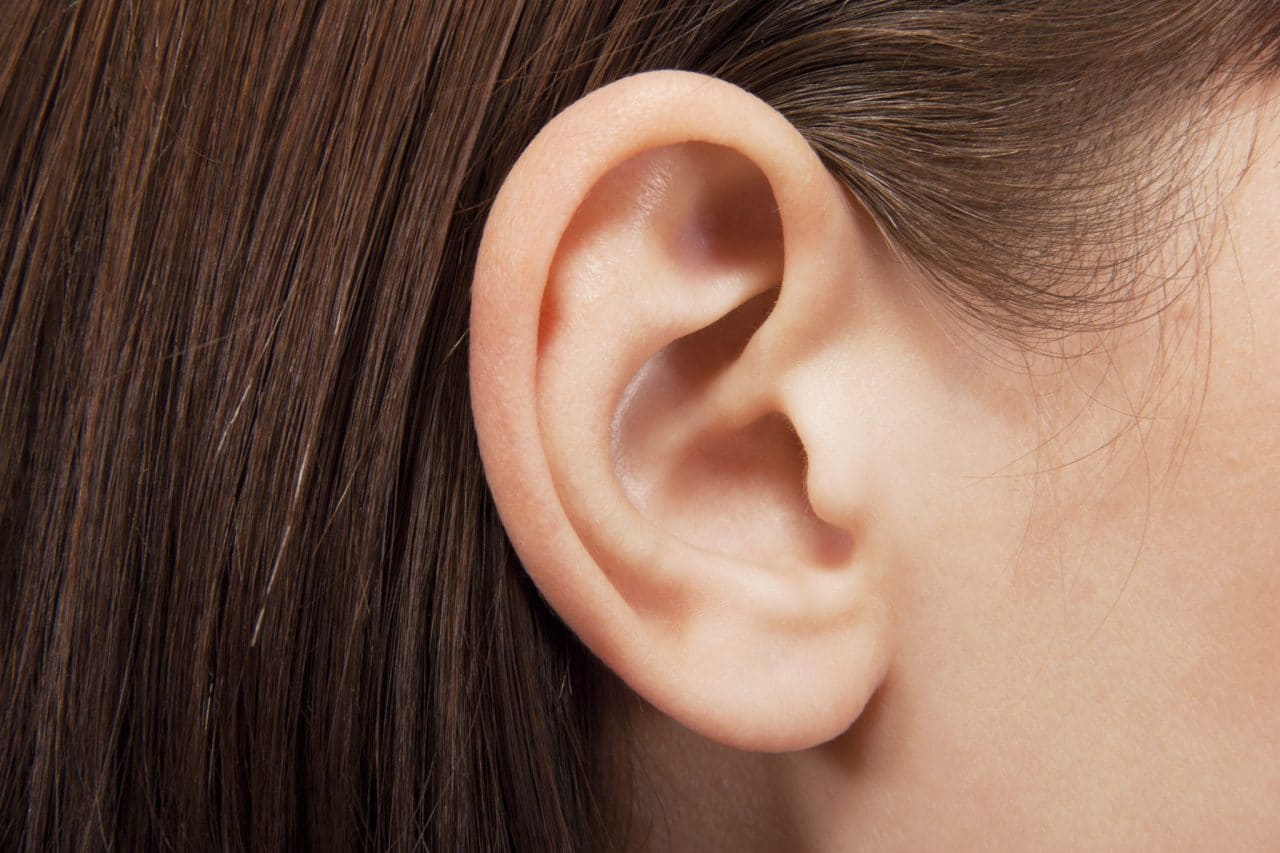Protruding and drooping ears or torn earlobes can be surgically corrected. Exceptionally large ears or those that stick out make children vulnerable to teasing. These procedures do not alter the patient’s hearing, but they may improve appearance and self-confidence.
What Is Involved in “Pinning Back” the Ears?

Corrective surgery, called otoplasty, should be considered on ears that stick out more than 4/5 of an inch (2 cm) from the back of the head. It can be performed at any age after the ears have reached full size, usually at five or six years of age. Having the surgery at a young age has two benefits: the cartilage is more pliable, making it easier to reshape, and the child will experience the psychological benefits of the cosmetic improvement. However, a patient may have the surgery at any age.
The surgery begins with an incision behind the ear, in the fold where the ear joins the head. The surgeon may remove skin and cartilage or trim and reshape the cartilage. In addition to correcting protrusion, ears may also be reshaped, reduced in size, or made more symmetrical. The cartilage is then secured in the new position with permanent stitches which will anchor the ear while healing occurs.
Typically otoplasty surgery takes about two hours. The soft dressings over the ears will be used for a few weeks as protection, and the patient usually experiences only mild discomfort. Headbands are sometimes recommended to hold the ears in place for a month following surgery or may be prescribed for nighttime wear only.
Can Ear Deformities Be Corrected?
The “fold” of hard, raised cartilage that gives shape to the upper portion of the ear does not form in all people. This is called “lop-ear deformity,” and it is inherited. The absence of the fold can cause the ear to stick out or flop down. To correct this problem, the surgeon places permanent stitches in the upper ear cartilage and ties them in a way that creates a fold and props the ear up. Scar tissue will form later, holding the fold in place.
Some infants are born without an opening in their middle ear. These ears can be surgically opened, and the outer ear reshaped to look like the other ear. This procedure will restore hearing if the inner ear is intact.
Those who are born without an ear, or lose an ear due to injury, can have an artificial ear surgically attached for cosmetic reasons. These are custom-formed to match the patient’s other ear. Alternatively, rib cartilage or a biomedical implant, in addition to the patient’s own soft tissue, can be used to construct a new ear.
Can Torn Earlobes Be Corrected?
Many mothers have had their earlobes torn by a baby’s tug on their earrings. Earrings also catch on clothing and other objects, resulting in torn earlobes. These tears can be easily repaired surgically, usually in the provider’s office. In severe cases, the surgeon may cut a small triangular notch at the bottom of the lobe. A matching flap is then created from tissue on the other side of the tear, and the two wedges are fitted together and stitched.
Earlobes usually heal quickly with minimal scarring. In most cases, the earlobe can be pierced again four to six weeks after surgery to receive light-weight earrings.
Does Insurance Pay for Cosmetic Ear Surgery?
Insurance usually does not cover surgery solely for cosmetic reasons. However, insurance may cover, in whole or in part, surgery to correct a congenital or traumatic defect. Before cosmetic ear surgery, discuss the procedure with your insurance carrier to determine what coverage, if any, you can expect.
Call Dubuque ENT at (563) 588-0506 for more information or to schedule an appointment.